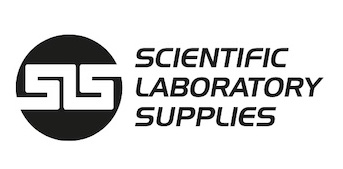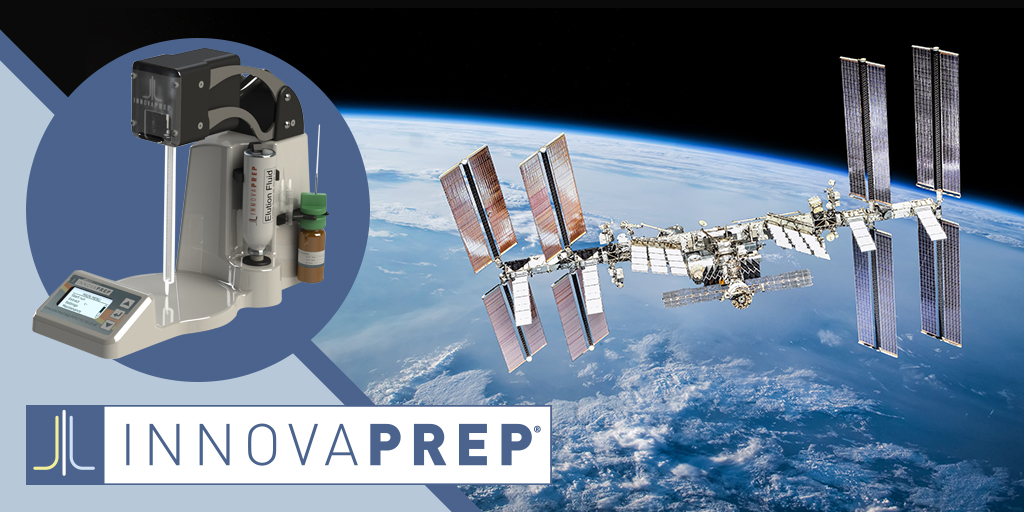Members Login

Channels
Special Offers & Promotions
Touch down with the InnovaPrep


InnovaPrep Concentrating Pipette Select Automated Bio-Concentrator used for the International Space Station!
The Concentrating Pipette Select uses dead-end filtration with single-use Concentrating Pipette tips to capture microorganisms from fluid samples. A patented process called Wet Foam Elution is then used to recover the microorganisms into sample volumes that closely match the input volumes of modern molecular methods such as qPCR in minutes.
The Aim of the Study
To assess microbial communities on ISS surfaces and determine impact upon human health after continued exposure. It has been shown that exposure to some microbes in internal spaces can have an adverse effect on human health which include increasing allergen susceptibility and increasing the prevalence of infectious disease.
This is a problem for astronauts as they experience extreme conditions associated with space flight which result in altered immunity levels and are also served by a lack of medical treatments compared to Earth.
Problem
Microbial monitoring of the ISS with molecular- based methods (e.g. qPCR) is not routinely used because of the lack of simple, compact, and reliable sample processing instruments onboard the ISS.
Routine microbial monitoring currently takes place on the ISS but a rapid real-time detection system is required to provide insights into the environmental microbiome on the ISS. However, traditional surface sampling techniques often provide poor results due to the limited surface area sampled using collection swabs and poor collection efficiency.
Solution
NASA’s Jet Propulsion Laboratory, California Institute of Technology, Biotechnology and Planetary Protection Group, Pasadena, CA, USA have developed a proof-of-concept large surface area sampling method that utilises the InnovaPrep concentrating pipette. The concentrating pipette is able to concentrate the final sample into sub- millileter volumes (references), meaning molecular quantitative methods, rather than traditional culture-based methods, can be used to determine and assess any microbial communities present on ISS surfaces.
Method
The method developed by NASA uses standard sterile 9x9 inch wetted polyester wipes to sample large area surfaces or objects up to 1m². The wipes are placed in a bottle with 200 mL of a buffer fluid, and after vortexing, the fluid is concentrated (in minutes) from 200 mL to 250 μL using the Concentrating Pipette.
The concentration factor for this operation is approximately 200 mL / 250 μL, or 800X, multiplied by the efficiency (usually 50-90%).
InnovaPrep Technology
The Concentrating Pipette Select uses dead-end filtration with single-use Concentrating Pipette tips to capture microorganisms from fluid samples. A patented process called Wet Foam Elution is then used to recover the microorganisms into sample volumes that closely match the input volumes of modern molecular methods such as qPCR in minutes.
Media Partners


